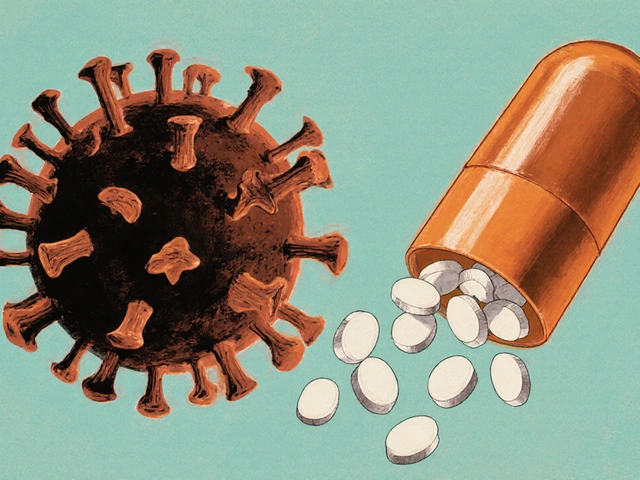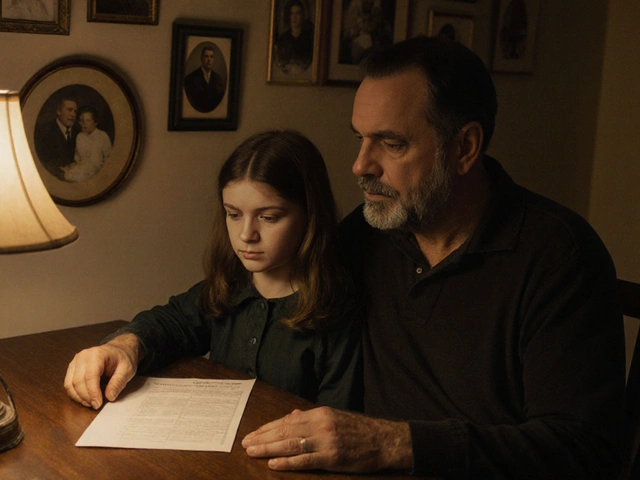Shingles Treatment: What to Do Right Now
Shingles pops up as a painful rash that usually follows a nerve path. It can strike anyone who’s had chickenpox, but the good news is there are proven ways to cut the pain and speed up healing. Below is a no‑fluff plan you can start the moment the first spot appears.
Quick first‑aid steps
1. Get an antiviral prescription fast. Meds like acyclovir, valacyclovir, or famciclovir work best when you start them within 72 hours of the rash. They shrink the outbreak, lower the chance of post‑herpetic neuralgia, and generally make you feel better faster. Call your doctor as soon as the rash shows up – even if you’re not sure it’s shingles, it’s worth the early check.
2. Manage the pain. Over‑the‑counter painkillers such as ibuprofen or acetaminophen can keep the throbbing in check. If the pain is sharp or burning, ask your healthcare provider about topical lidocaine patches or oral gabapentin. Some people find cool compresses (a wet washcloth in the fridge) soothing; just avoid ice directly on the skin.
3. Keep the rash clean and dry. Gently wash the area with mild soap and pat it dry. Loose, breathable clothing prevents friction and reduces irritation. If blisters break, apply a thin layer of antibiotic ointment to stop infection.
4. Rest and hydrate. Your body needs extra energy to fight the virus. Aim for 8 hours of sleep and drink plenty of water. Light activity is fine, but avoid heavy exercise until the rash starts to fade.
Long‑term care and prevention
Vaccination. The Shingrix vaccine is over 90 % effective at stopping shingles and its lingering nerve pain. It’s approved for adults 50 years and older, and even for younger people with a weakened immune system. Talk to your doctor about getting the two‑dose series.
Boost your immune system. A balanced diet rich in fruits, veggies, and lean protein gives your immune cells the tools they need. Vitamin D and zinc have roles in viral defense, so consider a daily supplement if you’re low.
Watch for complications. If the rash spreads to your eye, you could develop eye damage. Seek urgent care if you notice redness, vision changes, or if the pain becomes unbearable. Post‑herpetic neuralgia—nerve pain that lasts months—should be reported early so doctors can start treatments like nerve‑blocking creams or prescription meds.
Putting these steps together gives you a solid defense. Start antivirals within the first three days, keep the area clean, control the pain, and support your immune system. Then, when the rash clears, get the Shingrix vaccine to keep future bouts at bay. Simple actions, big payoff – you’ll be back to feeling normal sooner rather than later.

Famvir (Famciclovir) 2025: Uses, Dosage, Side Effects, and NZ Access
Quick, people-first guide to Famvir (famciclovir): what it treats, how to take it, side effects, and how to access it in New Zealand in 2025-plus fast paths to official info.
Aug 24 2025




